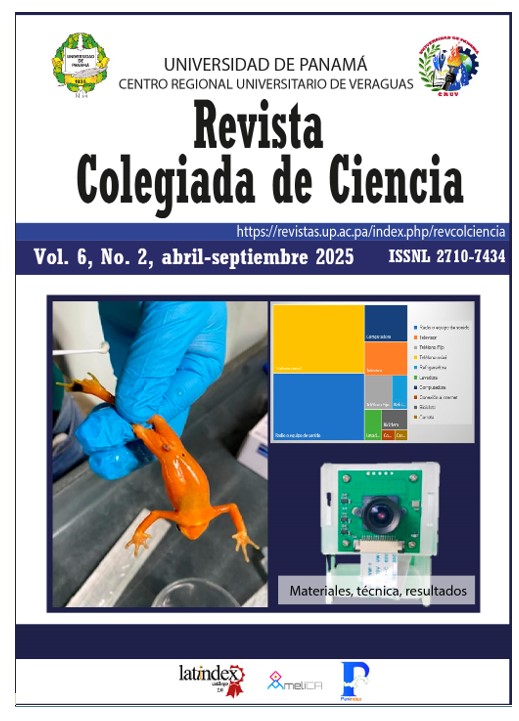

Based on a social service proyect accomplished by the Faculty of Economics of the University of Panamá at Regional University Center of Veraguas, intended to link teaching with research, innovation and extensión, a descriptive, observational, exploratory and cross-sectional study was carried out from primary information obtained after applying two questionnaires with the purpose of analyzing the living conditions of the beneficiary families of the Opportunities Network Program in hich at least one of its members was a student at the University of Panama in the Sitio Prado Annex Program, Ngäbe Buglé Comarca (random sample of 86 householder) Data was processed by using Stata Software. The results show that 46% of the respondents were under 50 years of age and 58% were women. A high degree of overcrowding was observed, given that 77.6% of the dwellings had more than 6 people living in them and 30.6% of the population lived in one-room dwellings. 47% of houses have wooden walls and dirt floors; 5.9% of the dwellings use electricity, 1.2% (one house) has Internet, 53%(aqueducts), 88.2% (latrines) and 11.8% still uses mountain, river or creek to do its physiological needs. 97.65% of households treats water for drinking. 40% of the population participates in vaccination programs and 14.1% participates in talks on health promotion. 42.4% of the heads of household have a level of schooling ranging from first to ninth grade, 30.6% have managed to reach a university level, while 22.4% did not attended school. Economically, only 12.9% of the heads of household are employed and 83.8% have been waiting up to 5 months for a job. 71.8% of households have incomes less than or equal to 200 balboas (Dollars). The results of the test of proportion by using the Z statistic did not support the hyphothesis that the beneficiaries of the Opportunities Network Program consider that it has improved the welfare of their families at a 5% significance level. Training activities meant to generate incomes in the area under study are next to nil.